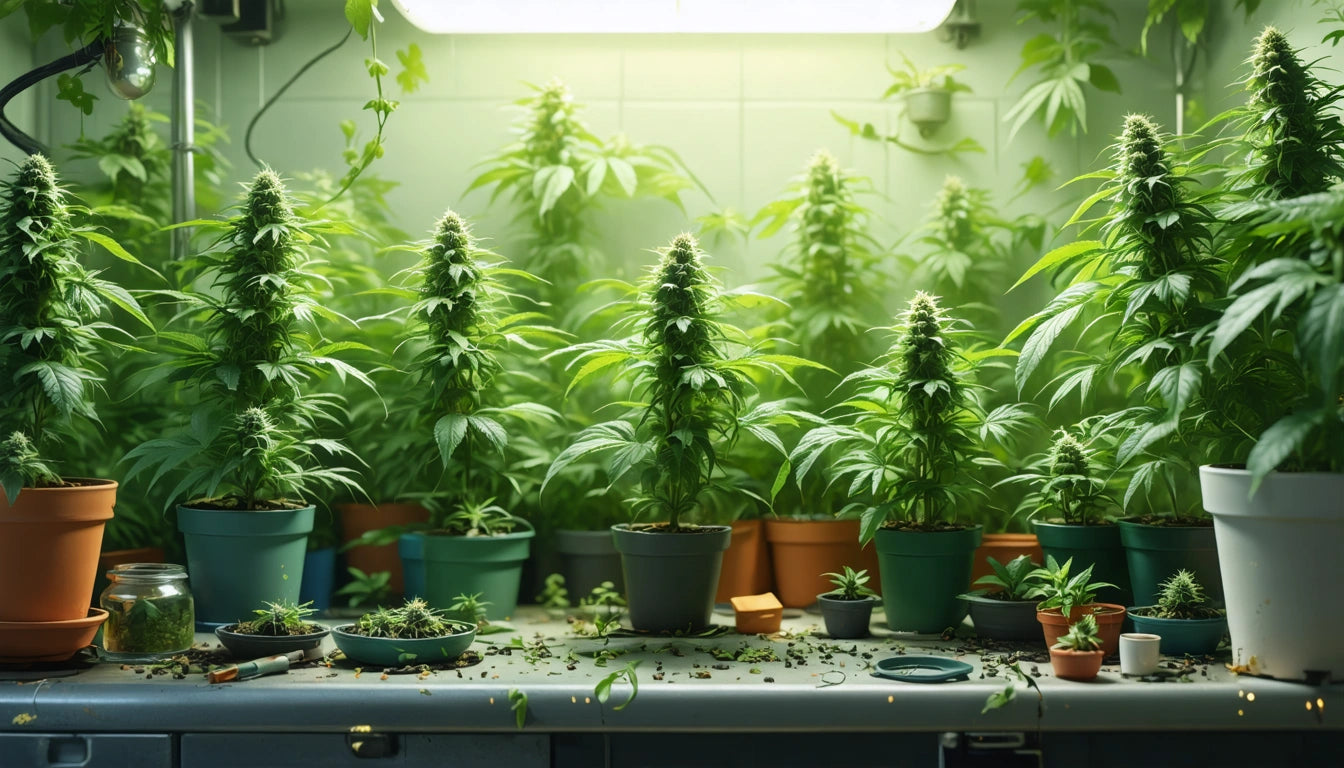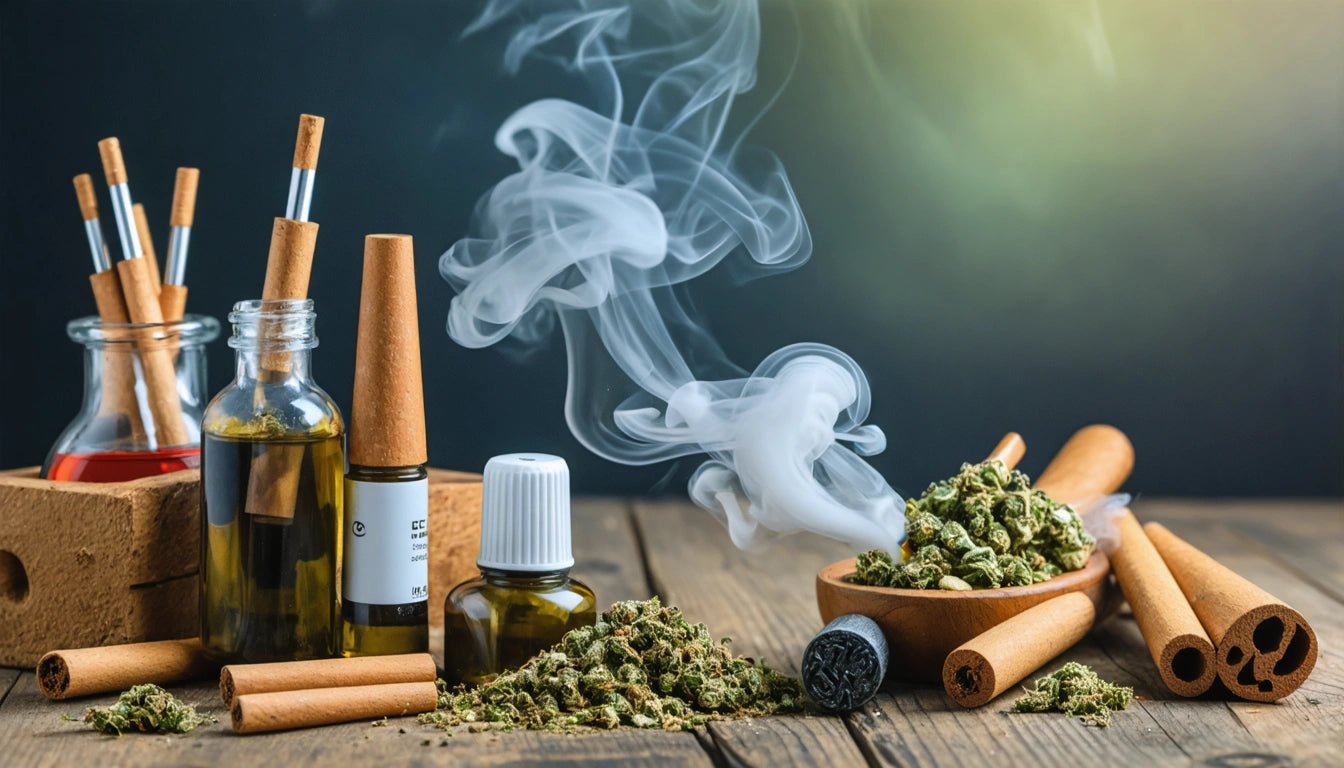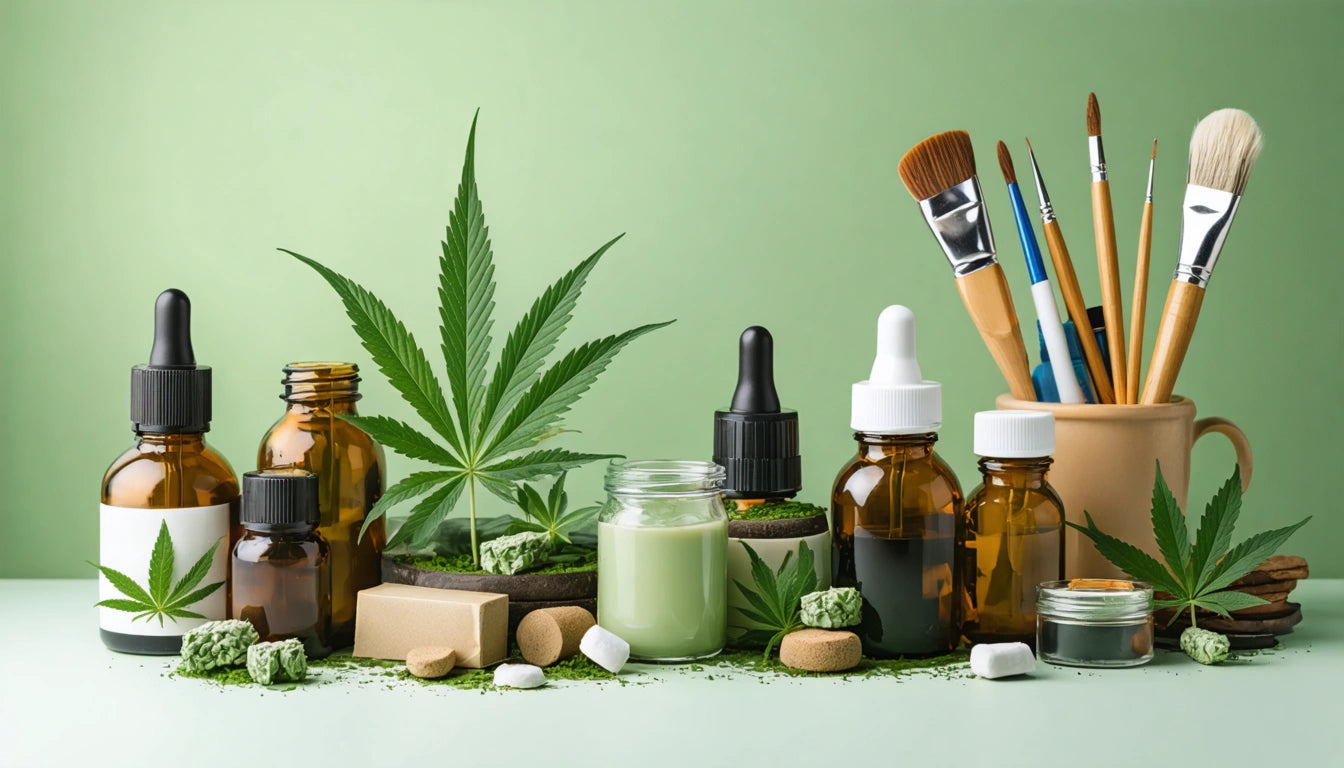Table of Contents
- Light Requirements for Autoflowering Cannabis
- Do Autoflowers Need Darkness? Understanding Light Cycles
- Water Requirements for Autoflowers in 5-Gallon Containers
- Space Planning: How Many Autoflowers in a 4x4 Tent
- When and How to Increase Light Intensity for Autoflowers
- Advanced Optimization Strategies for Autoflower Success
Optimizing Growth for Autoflower Cannabis: Light, Water, and Space Requirements
Autoflowering cannabis has revolutionized home growing with its simplified cultivation process and faster harvest times. Unlike photoperiod strains, autoflowers transition to flowering based on age rather than light cycle changes. This unique characteristic creates specific requirements for optimal growth. Understanding how much light autoflowers need, whether they require darkness, proper watering techniques for 5-gallon containers, and space planning for grow tents can significantly impact your yields and overall success.
Light Requirements for Autoflowering Cannabis
Autoflowering cannabis typically thrives under 18-24 hours of light throughout its entire lifecycle. According to research on optimizing light cycles, most growers find that 18/6 or 20/4 (light/dark) schedules provide the best balance of energy efficiency and plant development.
For optimal growth, autoflowers require:
- Light intensity of 30-50 watts per square foot using LED grow lights
- Full spectrum lighting that includes both blue and red wavelengths
- Consistent light exposure without interruptions during the light period
The light intensity should be adjusted based on the growth stage, with seedlings requiring less intensity than mature plants. Many growers start with their lights at 24-30 inches above seedlings, gradually lowering them as plants develop stronger stems and leaves.
Do Autoflowers Need Darkness? Understanding Light Cycles
One of the most common questions among autoflower growers is whether these plants need darkness. While autoflowers can technically grow under 24 hours of continuous light, most experienced growers recommend including a dark period. The Ultimate Guide to Growing Autoflowering Cannabis explains that a short dark period allows plants to rest and perform essential metabolic functions.
Benefits of including darkness in your light cycle include:
- Reduced electricity costs
- Prevention of light stress symptoms
- Improved terpene development
- Better overall plant health
Most commercial growers settle on an 18/6 or 20/4 light cycle as the optimal balance for autoflowering strains.
Water Requirements for Autoflowers in 5-Gallon Containers
Understanding how much water for 5 gallon autoflower plants is crucial to prevent both underwatering and overwatering issues. In general, a mature autoflower in a 5-gallon container will require approximately 1-1.5 gallons of water every 2-3 days, depending on environmental conditions, growing medium, and plant size.
The key to proper watering is observing the weight of the container and the condition of the growing medium. A simple approach is to water thoroughly until you see about 10-20% runoff, then wait until the top 1-2 inches of soil feels dry before watering again.
When packaging your harvested autoflower buds, proper storage becomes essential to maintain potency and freshness. Many growers use specialized mylar storage bags that help preserve terpenes and cannabinoids while preventing moisture issues.
Space Planning: How Many Autoflowers in a 4x4 Tent
A 4x4 grow tent offers 16 square feet of growing space, making it a popular choice for home cultivators. When determining how many autoflowers in a 4x4 tent, several factors come into play:
- The expected size of your autoflower strain
- Container size (3, 5, or 7-gallon pots)
- Growing techniques (Sea of Green, natural growth, etc.)
- Desired plant accessibility for maintenance
For standard autoflowers in 5-gallon containers, most growers find that 4-6 plants is optimal for a 4x4 tent. This allows each plant approximately 2.5-4 square feet of space. For smaller autoflower varieties or when using smaller containers, you might fit up to 9 plants, while larger strains might limit you to just 4 plants.
Research on autoflower cultivation indicates that providing adequate space improves air circulation, reduces pest and disease pressure, and allows for better light penetration to lower branches.
When and How to Increase Light Intensity for Autoflowers
Knowing when to increase light intensity for autoflowers is essential for maximizing yields without stressing plants. Autoflowers benefit from a gradual increase in light intensity that follows their developmental stages:
- Seedling stage (days 1-10): 30-40% of maximum intensity
- Early vegetative (days 11-20): 50-60% intensity
- Late vegetative (days 21-30): 70-80% intensity
- Pre-flowering and flowering (day 31+): 80-100% intensity
Signs that your plants are ready for increased light intensity include vigorous growth, strong stems, and the development of multiple nodes. If leaves begin to cup upward or show light bleaching, the intensity is too high and should be reduced.
According to guides on maximizing autoflower yields, proper light management can increase final harvests by 20-30% compared to static lighting approaches.
Advanced Optimization Strategies for Autoflower Success
Beyond the basics of light, water, and space, several advanced strategies can further enhance your autoflower growing results:
- Selective defoliation: Removing some fan leaves to improve light penetration to lower bud sites
- LST (Low-Stress Training): Gently bending branches to create an even canopy
- Optimized nutrient schedules: Using lighter feeding regimens than photoperiod plants
- Environmental control: Maintaining temperatures between 70-85 °F and humidity appropriate to growth stage
Autoflowers have specific genetic traits that make them respond differently to cultivation techniques compared to photoperiod strains. Understanding these genetic differences allows growers to tailor their approach for maximum efficiency and productivity.
By carefully balancing light exposure, watering practices, and space allocation, while making timely adjustments to light intensity, you can achieve impressive results with autoflowering cannabis varieties. The combination of these optimized growing conditions creates the perfect environment for autoflowers to reach their full genetic potential.











Leave a comment
All comments are moderated before being published.
This site is protected by hCaptcha and the hCaptcha Privacy Policy and Terms of Service apply.